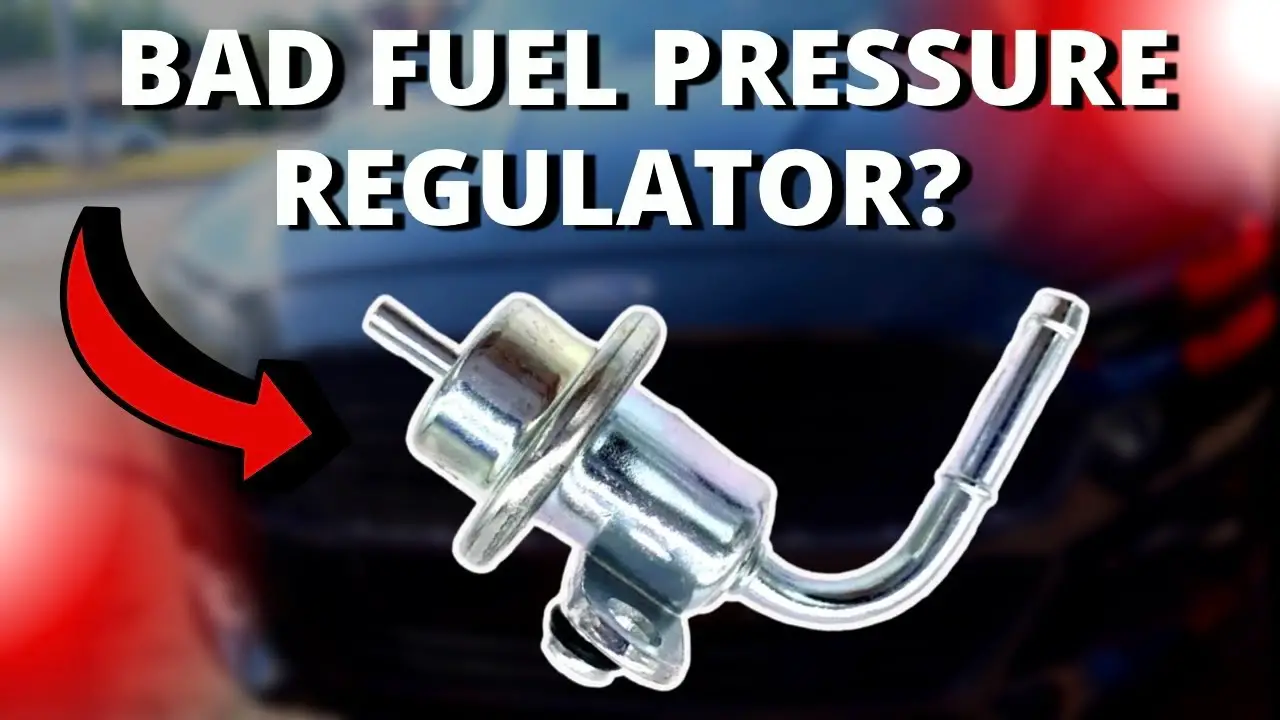Symptoms Bad Fuel Pressure Regulator
Your car’s fuel pressure regulator plays a crucial role in maintaining the proper fuel pressure for smooth engine operation. When the fuel pressure regulator malfunctions, it can lead to a host of issues that can affect your vehicle’s performance and fuel efficiency. In this article, we’ll discuss the common symptoms of a bad fuel pressure regulator and why it’s important to address this issue promptly.
What Does a Fuel Pressure Regulator Do?
Before delving into the symptoms of a bad fuel pressure regulator, let’s first understand its function. The fuel pressure regulator is responsible for maintaining a consistent fuel pressure in the fuel rail. It achieves this by regulating the flow of fuel returning to the fuel tank. This ensures that the fuel injectors receive the correct amount of pressurized fuel for efficient combustion.

Credit: www.dubizzle.com
Common Symptoms of a Bad Fuel Pressure Regulator
Now, let’s explore the signs that indicate a potential issue with the fuel pressure regulator:
1. Poor Fuel Efficiency
One of the earliest signs of a faulty fuel pressure regulator is a noticeable drop in fuel efficiency. If you find yourself visiting the gas station more frequently despite usual driving habits, it could indicate an issue with the fuel pressure regulator. This occurs when the regulator fails to maintain the optimal fuel pressure, causing the engine to consume more fuel than necessary.
2. Black Smoke From The Exhaust
When the fuel pressure regulator malfunctions and delivers too much fuel to the engine, it can result in black smoke coming from the exhaust. This occurs due to an overly rich air-fuel mixture, which can also lead to a rough idle and overall poor engine performance.
3. Hard Starting Or Stalling
A bad fuel pressure regulator can cause difficulties in starting the vehicle, especially after it has been sitting for a while. Additionally, you may experience stalling or rough idling when the engine is running, indicating irregular fuel supply due to the faulty regulator.
4. Fuel Leaks
Another visible indication of a failing fuel pressure regulator is the presence of fuel leaks around the regulator itself or in the vacuum hose connected to it. Fuel leaks pose a significant safety hazard and should be addressed immediately to prevent the risk of fire or engine damage.
5. Check Engine Light
If your vehicle’s onboard diagnostics system detects irregularities in the fuel system, it may trigger the check engine light to illuminate on the dashboard. While this warning light can indicate various issues, a bad fuel pressure regulator could be one of the underlying causes, and it’s essential to have the vehicle inspected by a qualified mechanic.
Why Addressing a Bad Fuel Pressure Regulator is Important
Ignoring the symptoms of a bad fuel pressure regulator can lead to more severe engine problems and increased fuel costs. A malfunctioning regulator can cause damage to the fuel injectors, spark plugs, and other engine components, leading to costly repairs down the line. Additionally, the environmental impact of a poorly regulated fuel system, with increased emissions and fuel wastage, should not be overlooked.
It’s crucial to address any potential issues with the fuel pressure regulator promptly to maintain the performance, efficiency, and longevity of your vehicle.
Frequently Asked Questions Of Symptoms Bad Fuel Pressure Regulator
What Are The Common Symptoms Of A Bad Fuel Pressure Regulator?
A bad fuel pressure regulator may cause rough idling, poor fuel efficiency, and engine stalling.
How Can I Diagnose A Bad Fuel Pressure Regulator?
To diagnose a bad fuel pressure regulator, conduct a fuel pressure test and inspect for fuel leaks.
Is It Safe To Drive With A Bad Fuel Pressure Regulator?
Driving with a bad fuel pressure regulator may lead to engine damage, so it’s best to have it repaired promptly.
What Causes A Fuel Pressure Regulator To Malfunction?
Common causes of fuel pressure regulator malfunction include wear and tear, clogging, and rubber diaphragm deterioration.
Conclusion
As an integral component of the fuel system, the fuel pressure regulator plays a critical role in ensuring the proper functioning of your vehicle’s engine. Understanding the symptoms of a bad fuel pressure regulator is essential for proactive maintenance and timely repairs. If you notice any of the aforementioned signs, it’s advisable to consult a professional mechanic to diagnose and address the issue effectively.
By recognizing and resolving fuel pressure regulator problems early, you can preserve your vehicle’s performance, fuel efficiency, and overall reliability on the road.




